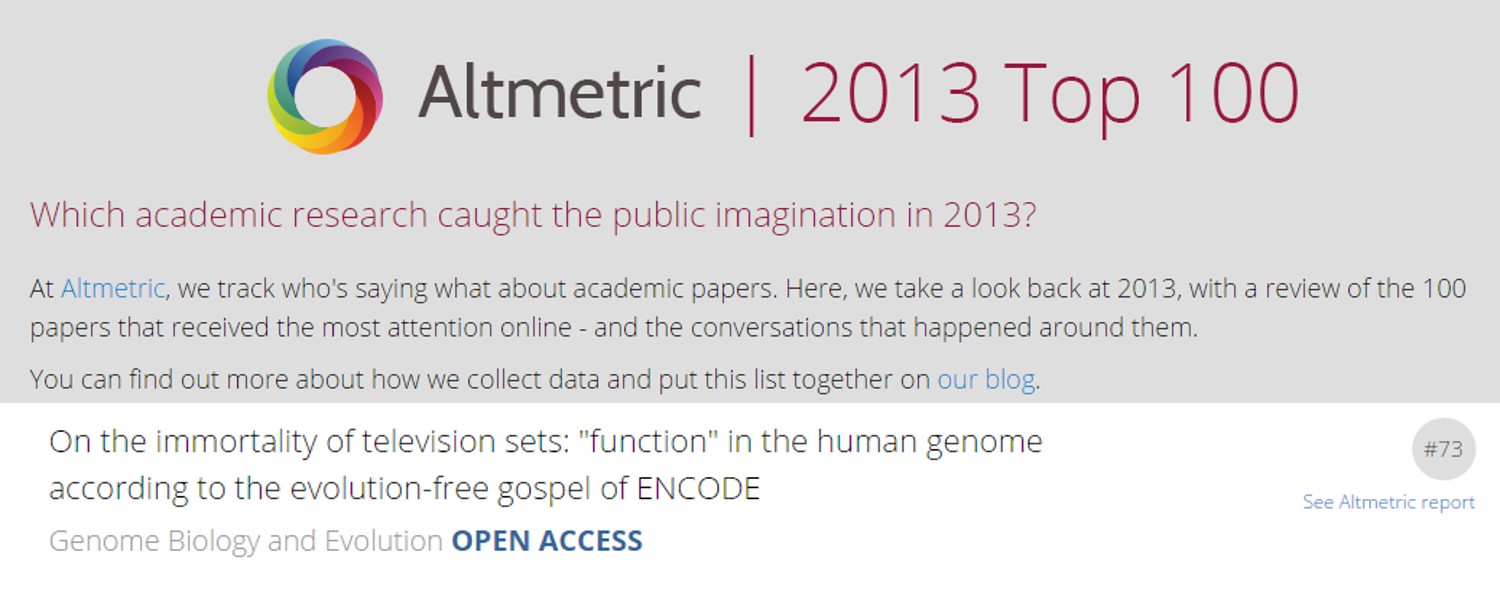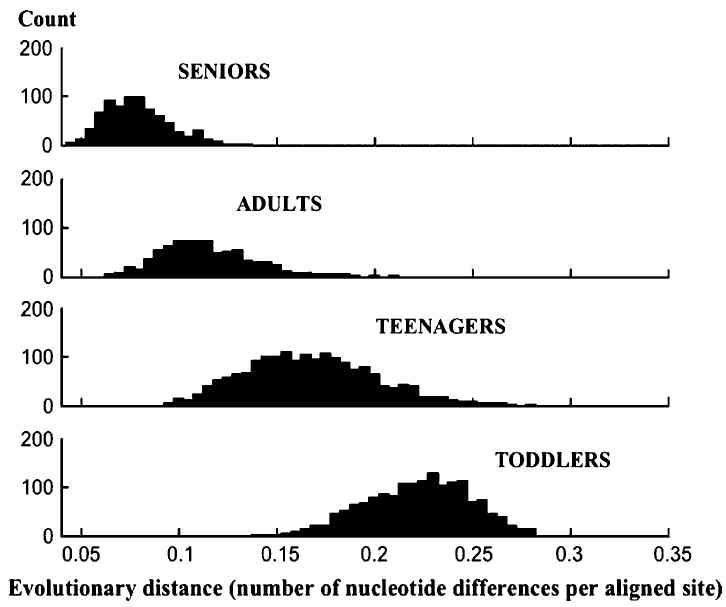My lab has participated in the effort to study the results, analyse the data, and eventually criticise the project.
This work was widely covered by the media (see Press).
The paper ranked #73 most interesting paper in 2013.

By simulation of genes of equal age, Elhaik et al. (2006) we showed that the inverse correlation between age and rate is an artifact caused by our inability to detect homology when evolutionary distances are large. Since evolutionary distance increases with time of divergence and rate of evolution, homologs of fast-evolving genes are frequently undetected in distantly related taxa and are, hence, misclassified as "new." This misclassification causes the mean genetic distance of "new" genes to be overestimated and the mean genetic distance of "old" genes to be underestimated (see below).
